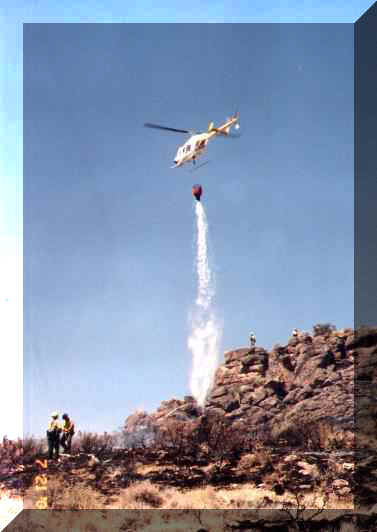
|
I have constructed this site to inform people about wildland fire and to provide as much information as possible for wildland firefighters.
There are many Links for wildland fire information for the general public and
wildland fire suppression community. I need to say thanks to my wife, who is a former wildland firefighter, for making me update over the years. My brother
also fights fire for Carson City BLM. Don't plan on many future updates, but if you come across any dead links please E-mail me and let me know.
|

| |
|
Nevada State Interagency Rookie School Pictures I had the opportunity to work as the Lead Instructor for the NV State Rookie School from 2002 until 2004. Here are some pictures that I took from the field exercises during the second session in 2002. Rookie School is held at the UNR Fire Science Academy in Carlin, NV. It consists of a six-day long session with about 100 students in each session. Training includes I-100, S-130, L-180, S-190 and various short courses on many different topics. We also have a hand tool field exercise, engine use field exercise, and a simulated fire in which crews cut line in a simulated wildland fire incident. Over 100 students and instructors representing the BLM, USFS, USFWS, NDF, NPS, BIA, various Rural Fire Departments, and State Fire Marshall's Office attend each session, and it usually runs within the first two weeks of June. Clicking on thumbnails will open up the full size picture in a new window. Close the new window to return to this page. |